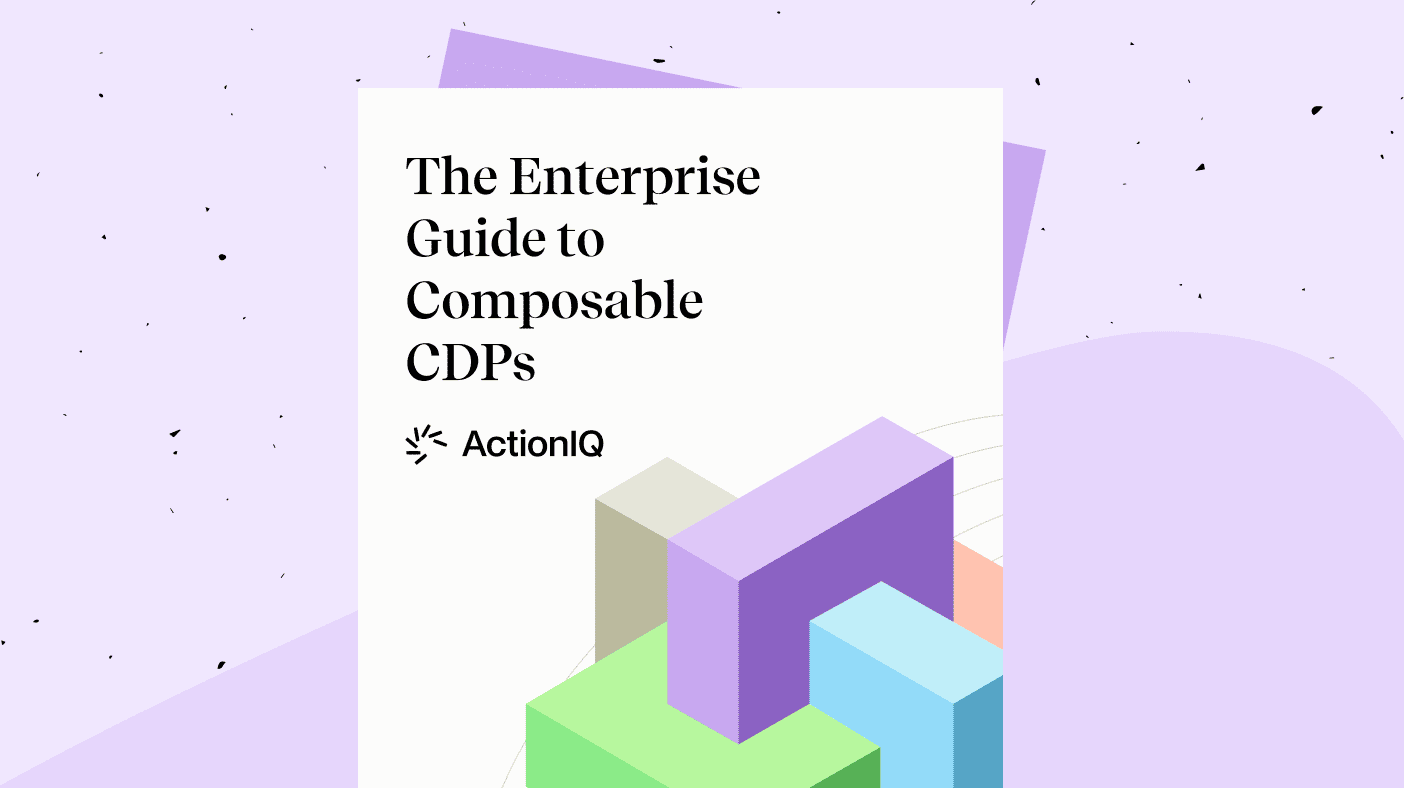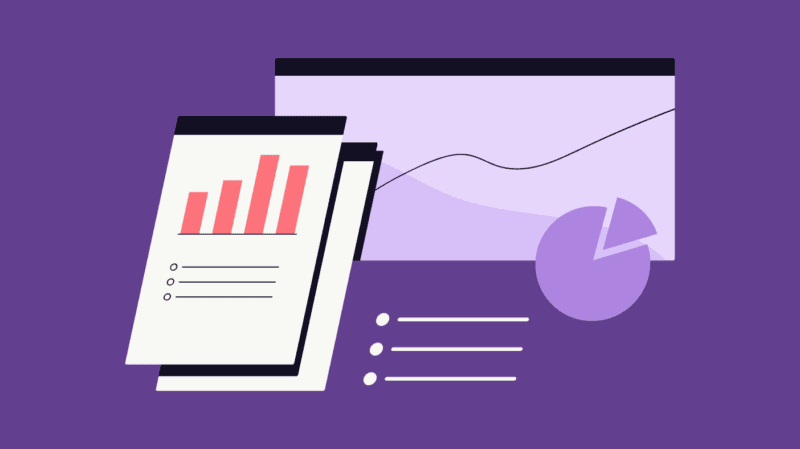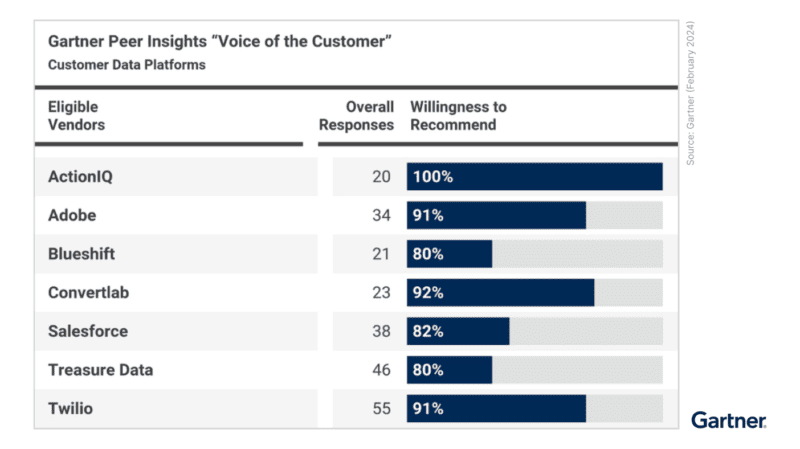The World is Hybrid, Your CDP Should be Too

There’s been a lot of buzz in the customer data space with the shift to composable CDPs, which are composable customer data platforms (CDPs) built around a client’s cloud data warehouse. This composable architecture obviates the need to move data out of the cloud data warehouse while still providing non-technical users the ability to activate that data across their entire customer experience ecosystem.
This approach of integrating with the data warehouse to run queries for the CDP is also called a warehouse-first architecture because it puts the warehouse at the center. This contrasts with a bundled CDP architecture, where data is copied from the client’s systems into the CDP vendor’s infrastructure. The “bundled” refers to the fact that the data storage and compute are bundled together, along with the applications the non-technical teams leverage to activate the data.
So is the Rise of Composable the Death of Bundled?
So are bundled CDPs a thing of the past? Not quite — while it’s certainly true that as organizations mature their investments around cloud data warehouses, more will adopt a warehouse-first composable strategy.
However, not every organization has made the data infrastructure investments necessary to embrace a warehouse-first approach. Given the ROI of a CDP can be 500+% in the first year, delaying because your cloud data warehouse isn’t perfect is a poor decision for the business. Even if significant investments have been made, it’s unlikely that the warehouse customer 360 will ever be “complete”, meaning all the data is ingested and in a data model that supports downstream applications. There’s always more data to be integrated, new use cases and new applications to be supported — that doesn’t mean the project failed, just that change is a constant.
So where does a bundled CDP fit into this? Well, a bundled CDP can be a bridge strategy for an organization to invest in a CDP without needing to spend years first investing in data infrastructure. The trick is ensuring that the CDP can evolve to eventually incorporate data warehouse data as it becomes available in a composable way. This may sound too good to be true, but it’s possible!
The Future: Composable CDP → Hybrid Composable CDP
Enter the Hybrid Composable CDP. I know what you’re thinking… not another type of CDP. But hear me out.
A Hybrid Composable CDP is a CDP that can be deployed in either-or-both composable and bundled way, simultaneously. That means that some data will continue to live within the data warehouse, and some data will be “bundled” within the CDP. Critically, the end user of the applications won’t need to know or care where the data is.
While this may sound like magic, it’s possible through a process called federated query pushdown, which is a fancy term for one database being able to run queries on another database, and then merging the results. We’ll leave a deep dive for another post, but suffice it to say it’s an innovative architecture that enables this hybrid deployment model.
While ultimately the best CDP deployment model will depend on the organization given its goals, investments and current stack and customer data maturity, let’s consider three distinct benefits of a Hybrid Composable CDP.
Benefit 1: Immediate results and a future-proof stack
A Hybrid Composable CDP complements your existing data stack regardless of its level of maturity.
For data that exists in the cloud data warehouse, it can be deployed in a composable way and immediately ready for activation. For data that is not in the cloud data warehouse, it can be ELT’d directly from the source systems or other aggregators of customer data (e.g., a customer data mart). This way, you can deploy today and evolve which data lives where, as infrastructure and use cases evolve. This means IT and CX teams can work in harmony in an agile deployment, without cascading dependencies across projects.
To make this concrete, consider a specific data source, such as email open/click data. Assume it’s not yet available in the cloud data warehouse, and that these behavioral signals would be valuable for marketing. To get started, a Hybrid Composable CDP could ELT this table directly from the ESP and make it available for audience segmentation and activation. However, once this table is available in the cloud data warehouse, the CDP can remove the copy of the data it’s hosting and query the data directly in the cloud data warehouse.
Benefit 2: Real Real-time
There’s no one-size-fits-all data architecture anymore. Whether it’s relational, document-based, NoSQL, or NewSQL, they are all optimized for a specific type of data and specific use cases.
This doesn’t mean that data infrastructure vendors won’t try to claim they can support all the use cases, but that’s more marketing than reality — and nobody wants to return to the dark ages of buying all your data infrastructure from a single vendor (cough …Oracle). When it comes to customer experiences, one specific class of data and use cases stand out, and that’s real-time.
The typical cloud data warehouse vendors weren’t designed to be real-time systems, and while some are investing in more near real-time data ingestion, they’re not designed for supporting real-time query workloads. Plus, we all know near real-time (minutes) is not real real-time (seconds to milliseconds).
To that point, when thinking about real-time experiences, there’s two definitions of real-time latency that are worth distinguishing between.
The first, and most important, definition of latency is end-to-end latency. End-to-end latency is the latency that a customer interaction (e.g., a click) can be ingested, analyzed, and activated to personalize the customer experience.
The second definition of latency is activation latency, which is a subset of end-to-end latency. Activation latency represents the latency at which existing data can be activated out of the system, usually in the form of real-time APIs. The data being activated might only be refreshed infrequently (hours, daily, etc..), but it’s made available in real-time. We call this old data, fast.
Benefit 3: Cost Management
This isn’t 2021 when the dollars flowed like water, budgets were free and easy, and businesses weren’t burdened with concepts like profitability and capital efficiency…the good ol’ days! In today’s economy, most companies are taking a fresh look at costs, including infrastructure costs.
A Hybrid Composable CDP has been built and optimized for managing customer data and running customer data queries. It’s very likely that at least for some datasets and workloads, the CDP would be able to store and activate the data at a lower cost than off-the-shelf data infrastructure.
In our own Hybrid Composable CDP deployments, we’ve seen complex queries (e.g., audiences defined by complex behavioral aggregates or nested logic) are up to 5X cheaper in our infrastructure, while simpler queries (e.g., audiences defined by simple profile-based filters) are usually cheaper in the cloud data warehouse (when factoring in the cost of moving data). While each deployment is unique and numbers will vary, the key is that this gives you more optionality to manage costs, not less.
Data is a Means to an End
Of the three CDP deployment models, which is best? Well, it depends.
If your organization is just embarking on a journey to collect and activate data, a bundled CDP vendor with robust data collection and integration options might be best. Or in contrast, if your organization has invested heavily in customer data infrastructure and has some form of a customer 360 already deployed within a cloud data warehouse, a composable option might be best.
And if your organization is not at either of the extremes, or just wants to hedge based on an uncertain future, then Hybrid Composable might be the way to go. You can check out a deeper analysis of the market and the vendors in our CDP Market Guide.
However, let’s not lose the forest through the trees with all this talk of CDP deployment architectures. The end goal for any business when investing in a CDP is to deliver improved customer experiences and optimize costs and revenue across the full customer lifecycle. The data is a means to an end to that.
Bonus: a much more mature Composable CDP.
Even if your main focus is a Composable CDP, and you think it’s unlikely you’ll need a bundled or Hybrid option — with ActionIQ you get native Composable CDP capabilities (full pushdown SQL to data lakes for storage and execution) but with a much more mature set of functionality baked on top.
ActionIQ is the only CDP to offer native Composable CDP capabilities with applications like advanced audiencing, audience intelligence, real-time infrastructure, journeys and orchestration and one of the largest lists of proven integrations with activation vendors. Of course, all of the above are no-code, business-friendly UI so that you can empower your enterprise business teams to be productive and as self-sufficient as possible.
At ActionIQ, we believe in the power of data, but also that data is only as valuable as the objectives it supports. We also believe that data, architecture, and use cases will evolve, and that an organization and its technology partners need to have the agility to adapt and evolve with them. To this end, we’ve built a product that can support bundled, composable, and hybrid composable deployment models, and are committed to meeting your organization wherever you are on that journey.
See For Yourself: Sync in Minutes, Scale for Years
ActionIQ is offering no-cost POCs that can be stood up in as little as 30 minutes. Just bring your data from an existing cloud data warehouse like Snowflake, Databricks, BigQuery or AWS Redshift and watch as a simple marketer-friendly interface gets quickly mapped directly to the data where it lives — no data copy required. This process takes only minutes to complete, and allows business users to test self-service audience building and journey mapping, and data teams to test and validate queries natively pushing down to their existing data warehouse investment.





